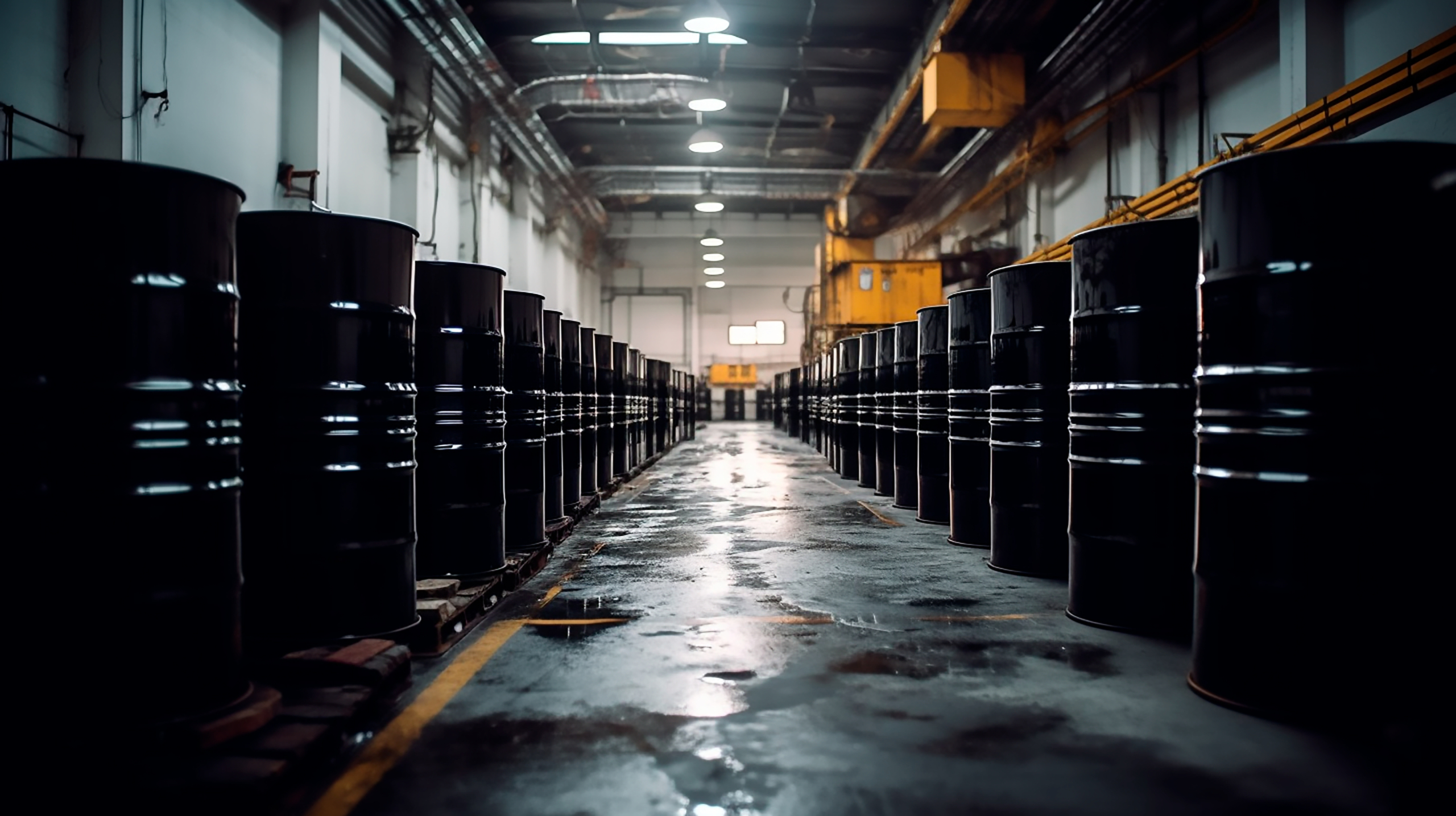Most people are aware of the potential damage contaminated lubricants can cause, like accelerated wear, thermal damage, premature wearout, and even catastrophic failure. All of these can have a severe impact on your facility’s bottom line, and yet many facilities don’t take proper care to prevent lubrication contamination.
LH Travis knows the importance of preventing contamination. Let’s take a closer look at steps you can take to prevent lubrication contamination and ensure your facility continues to operate smoothly.
How to Prevent Lubrication Contamination
When it comes to preventing lubrication contamination, there are three main steps to follow: avoid buying contaminated lubricant, properly storing lubricant, and accurately distributing lubricant. Let’s take a closer look at each.
- Avoid Buying Contaminated Lubricants: Many lubricants (particularly oil) are sold dirty. This is because, although the lubricant itself is new, the container usually is not. This is because lubricant vendors frequently reuse containers like drums and plastic tanks in order to save money and reduce costs for the end user. There are a few solutions to this issue. Testing incoming lubricant will show you if it is contaminated or not. If it is contaminated, we recommend you do not accept or pay for the lubricant, and insist on replacement or reimbursement. It is also possible to filter all incoming lubricants before you store or deploy them. However, this is costly and far from ideal.
- Properly Store Lubricants: Many facilities store lubricants in areas that lack climate control or protection from the elements, creating a major source of lubrication contamination. The best solution to this depends on the size of your facilities. Larger facilities will likely benefit from a large custom system for storing lubricants. For smaller facilities, proper storage and use of vendor drums is typically enough. For more tips on how to properly store lubricants, check out our blog.
- Accurately Distributing Lubricant: Reusing storage containers internally and improperly labeling lubricants are major sources of lubrication contamination as well. To prevent this, it’s essential to create a standardized procedure for your facility when it comes to allocating, using, and labeling storage containers. Proper lubrication and application methods should be clearly identified.
- Preventing Lubrication Contamination is Essential
Preventing lubrication contamination is absolutely essential for your facility in order to prevent costly issues down the line. If you have questions about preventing lubrication contamination, LH Travis is here to help. Contact us and we’ll gladly help with your lubrication system needs, no matter the industry.

